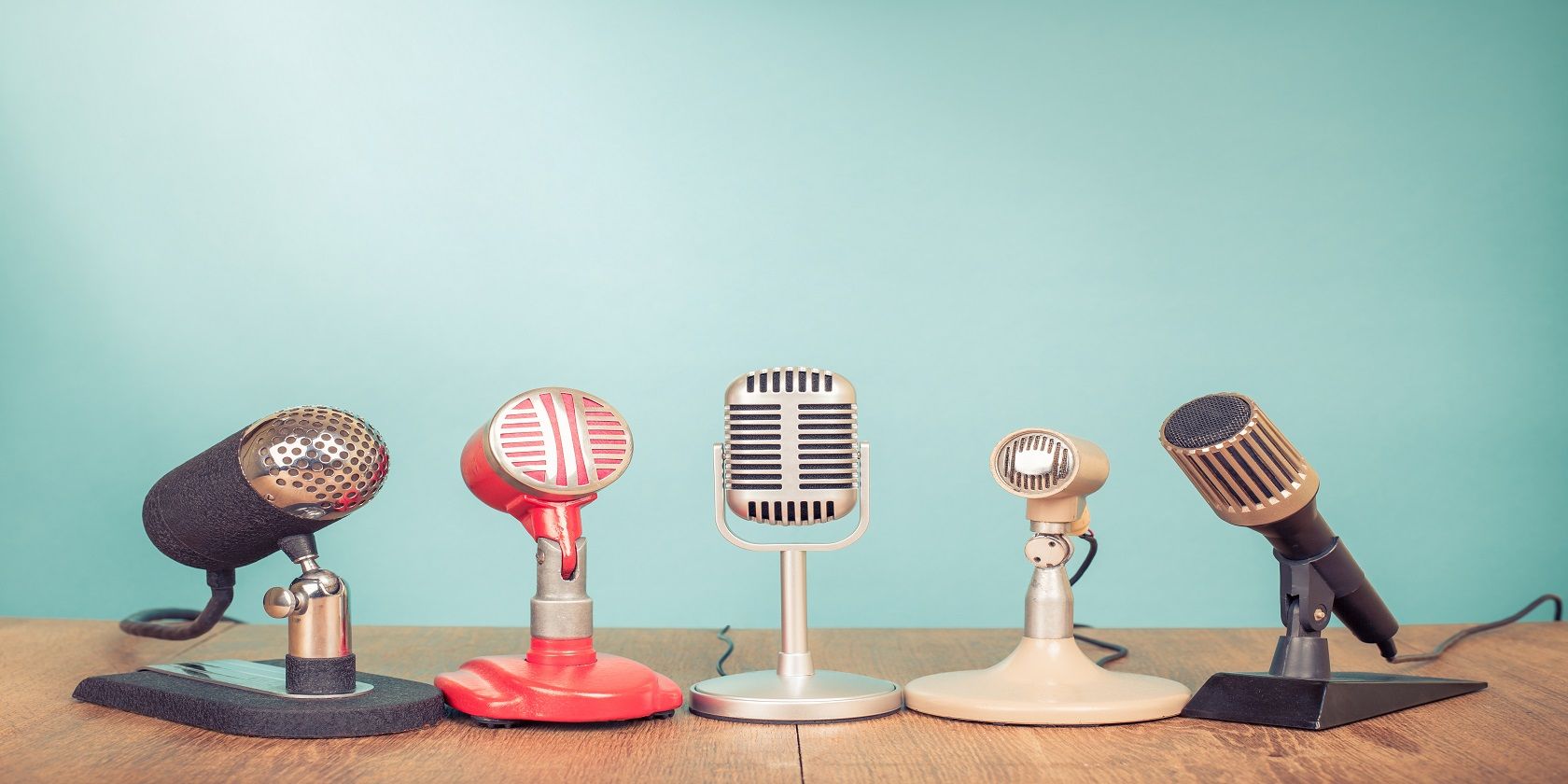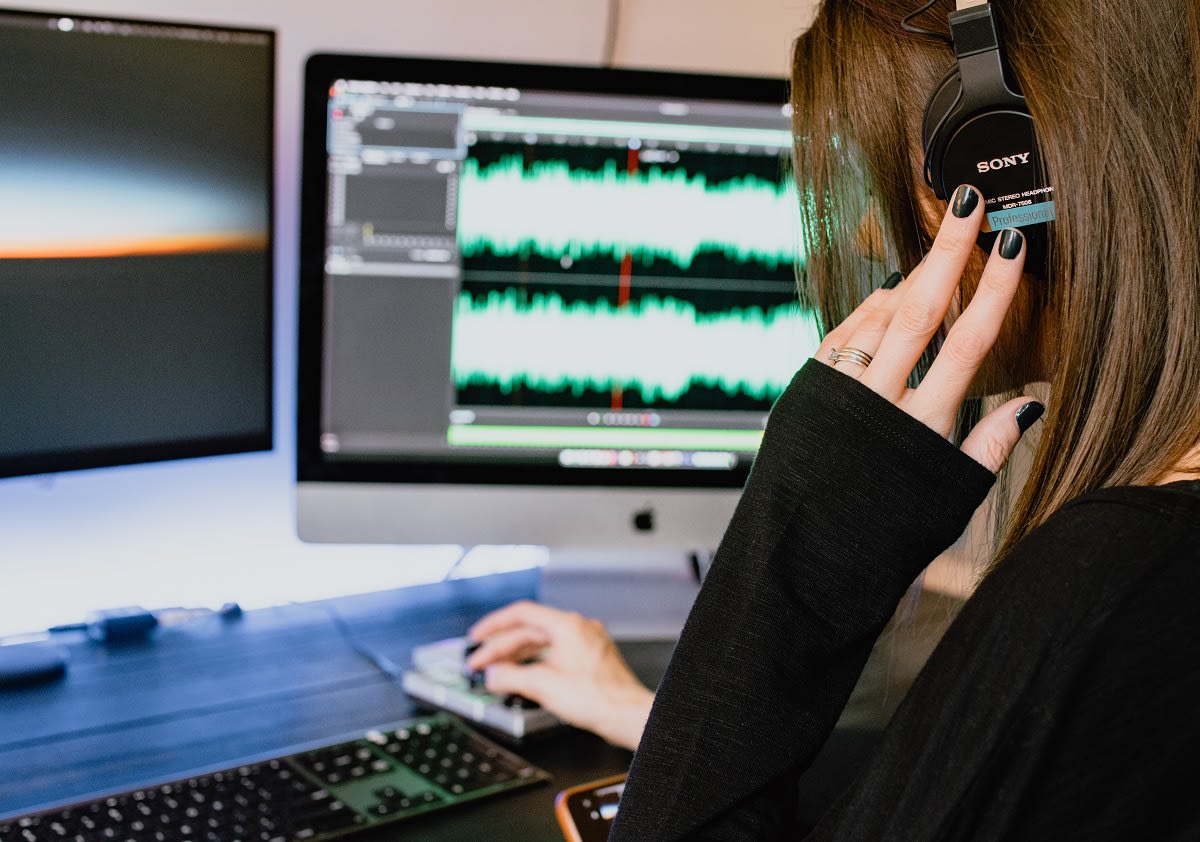Contents
Mono and stereo tracks have unique attributes that allow them to excel in particular settings. Nonetheless, it’s important to point out that while a mono track is a single channel audio, a stereo track is a dual channel one. As a result, for Audacity users that like to play different sounds in different channels, converting mono to stereo seems to be a good idea. Regarding the conversion, more than one approach exists though which is why the topic of Audacity convert mono to stereo attracts a lot of attention.
Instructions On Converting Mono To Stereo
Kind of new to Audacity and don’t know what must be done to convert mono tracks to stereo ones? If that happens to be the case, you would find this article useful. Down below is a list of methods that you may use to convert mono to stereo on Audacity.
Make Stereo Track
As the name suggests, Make Stereo Track is a feature that allows you to create stereo tracks using existing audio. Naturally, in articles that cover the topic of Audacity convert mono to stereo, Make Stereo Track receives a shower of praises for its convenience.
- Step 1: Load the mono track
- Step 2: Hit the downward arrow on the top of the track and pick Split Stereo Track
- Step 3: Click the top X button of the new track to delete it
- Step 4: Select the original track, go to Edit and choose Duplicate
- Step 5: Hit the downward arrow of the original track and pick Left channel
- Step 6: Hit the downward arrow of the duplicated track pick Right channel
- Step 7: Hit the downward arrow of one of the tracks and pick Make Stereo Track
- Step 8: Choose the Play button to check the audio quality of the stereo track
- Step 9: Apply adjustments if necessary
- Step 10: Export
Add New
So you need to convert mono to stereo in a hurry? In that case, it’s a good idea to use Add New for the conversion.
- Step 1: Load the mono track
- Step 2: Select the track, choose Edit and pick Copy
- Step 3: Choose Tracks, hit Add New and pick Stereo Track
- Step 4: Click Edit then choose Paste
- Step 5: Dismiss the original track, play the new track and export it
Mix And Render
To put it plainly, by taking advantage of Mix And Render, you could mix all selected tracks into a single track when a need arises. It’s worth pointing out that depending on your liking, the newly created track may be either mono or stereo.
- Step 1: Load the mono track
- Step 2: Choose Tracks, hit Add New and pick Stereo Track
- Step 3: Select both tracks
- Step 4: Choose Tracks again then click Mix And Render
- Step 5: Export
Recording Tracks In Stereo: A Summary
If you manage to grasp the principles behind Audacity convert mono to stereo, you should be able to convert tracks at will. That being said, converting mono tracks into stereo ones is not as efficient as recording stereo tracks in the first place. Tired of converting tracks on Audacity at the end of every recording session? Then it’s widely advised that you use these recording techniques to record tracks in stereo and remove the hassle of conversion.
A-B Recording
Once it comes to recording stereo tracks, A-B recording is popular among music enthusiasts owing to the ease of execution. You only need to position two omnidirectional microphones so they stay two feet from each other and one foot from the instruments. Depending on the arrangement, you may slide an absorbent baffle in between the absorbent baffle to facilitate stereo separation. Last but not least, assign the microphones to the left and right channels of the stereo track.
X-Y Recording
Compared to A-B recording, X-Y recording produces less of a stereo effect but in exchange, phase cancellation is less than an issue. Here is what you have to do: set up two cardioid microphones so they form an angle between 90 and 135 degrees. Keep in mind that the broader the angle, the wider the stereo image. You could mix the signals from the microphones in the same way as with A-B recording.
Mid-Side Recording
All you care about is quality while recording stereo tracks? If that is indeed the case, you should go for the mid-side recording technique. For preparation, you need to pick up two microphones: one omnidirectional and one bidirectional (also known as figure-of-eight). Place the bidirectional microphone so it sits at a 90-degree angle from the instrument (side). Next, arrange the omnidirectional microphone either above or below the microphone one and point toward the instrument (mid).
Since the mixing of signals in mid-side recording is a bit complicated, you must follow the following steps to the letters.
- Step 1: Duplicate the side channel
- Step 2: Reverse the polarity of the new side channel
- Step 3: Combine the original and new side channels into one stereo track
- Step 4: Mix the mid channel with the stereo side channels
Note: As the gap in level between side and mid channels grow, the stereo width increase accordingly
FAQs
What should I do to reverse a conversion?
If you like to revert the conversion and get your mono track, you could use the Split Stereo to Mono command. Select the stereo track, hit the downward arrow and choose Split Stereo to Mono. Afterward, your stereo track would become two mono tracks (one for the left channel and one for the right channel).
Is there any change in sound quality at the end of a conversion?
In layman’s terms, the sound quality remains unchanged as the conversion wraps up. Still, it’s noteworthy that with two channels available, you could apply more adjustments to the sound quality of your track.
Could I use a mix of mono and stereo in my recordings?
Assuming that you know for certain how to present your recordings, feel free to mix mono and stereo as you see fit. Countless patterns exist but on average, you should use mono for the bulk of your recordings and save stereo for segments that require “realism”. There is no general rule about mixing but via experimentation, you would be able to deduce what works for you.

Hi music fan! I am Jeff. Hope that you enjoy some stuff I shared here in my personal blog.
About myself, Currently I am in charging as Artist Manager/Music Supervisor at 72 Music Management. I did managed album to Grammy Award in 2017 with 7 Nominations from 2014-2020 and had the opportunities to work with : A.J. Croce, Blind Boys of Alabama, Bobby Rush, Dom Flemons, Dustbowl Revival, Sarah Grace
Governor of the Memphis Chapter of The Recording Academy is one of a award that I am lucky to achieved.



